Planning your 2018 vacation and starting to think about just going back to that place you went last year with the OK-ish beach and the mediocre cocktails?
C’mon, you know you can do better.
CNN Travel has been looking to the year ahead to pick some of the best destinations worth visiting in coming months.
Check them out below and find the inspiration for your next place to visit:
Cape Verde Islands
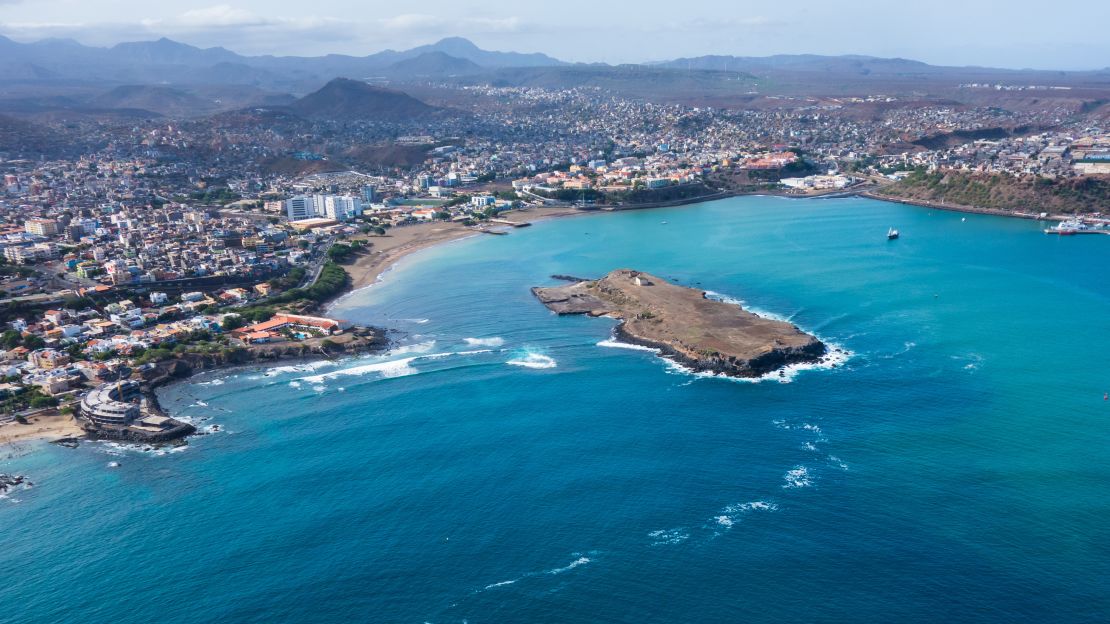
What do you get when you blend Brazilian, African and Iberian influences in a place already blessed with incredible weather and scenery? The Cape Verde Islands off the west coast of Africa, which are finally coming into their own as an exotic vacation destination.
The 10-island Atlantic archipelago – around 570 kilometers (350 miles) west of Dakar – mixes pristine beaches and outdoor adventure with a unique homegrown culture, a melting pot simmering since the 15th century when Portuguese navigators came across the uninhabited islands.
The islands are best known for music, a melodic heritage that borrows from all three of its mother cultures and that provided one of the sparks of the modern World Beat sound. Despite its small population, Cape Verde has spawned five distinct musical genres including morna – the national music and dance.
Volcanic peaks provide a dramatic backdrop to the archipelago’s beaches and bays, waterfront towns spangled with pastel houses and hiking trails that meander across lava fields, along deep ravines and through the island’s bizarre Dragon Trees.
There’s history too. Like the UNESCO World Heritage Site of Cidade Velha, a 15th-century Portuguese outpost where Christopher Columbus and Vasco de Gama stopped off on their epic voyages of discovery.
Don’t miss: Sip locally made grogue (rum) while listening to morna – folk tunes sung in the local kriolu dialect – in a bodega along the waterfront of Mindelo town on São Vicente Island.
Joe Yogerst
Botum Sakor National Park, Cambodia
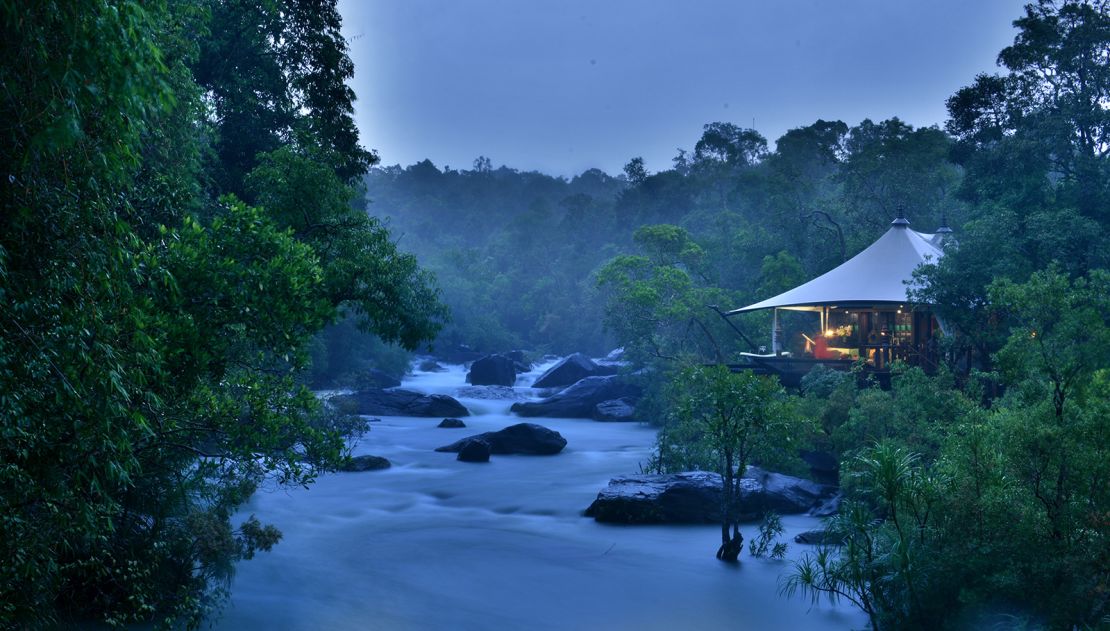
Stretching across the southwestern corner of Cambodia, Botum Sakor is the largest national park in the country, with ecosystems ranging from dense evergreen rainforest to coastal plains and grasslands.
Within it lies the Southwest Elephant Corridor – a 700-square-mile area that’s home to Cambodia’s largest population of Asian Elephants as well as villages, waterfalls, rare birds and saltwater crocs.
Recently, a crop of eco-oriented tented camps, all promising eco initiatives and low-impact accommodations have sprung up.
Coming in 2018, Shinta Mani Wild – The Bensley Collection is slated to open in an 860-acre river valley within Southern Cardamom National Park, which is southeast of Botum Sakor National Park.
Owned and designed by prolific resort designer Bill Bensley, the rainforest sanctuary, decorated in a vintage safari style, will provide 15 stilted tents, as well as a restaurant, bar and spa.
The camp will work with environmental partners – including Wildlife Alliance, Fauna & Flora International and the Cambodian government – to protect the area from mining and deforestation.
From this luxurious home base, travelers can explore the park’s thick mangroves and rainforest with rangers, kayak along the estuaries or visit local fishing villages.
Don’t miss: Safari-inspired Cardamom Tented Camp, alongside the Preak Tachan river, is another venue that not only welcomes travelers but also protects its surroundings from loggers and poachers.
Kate Springer
Malta
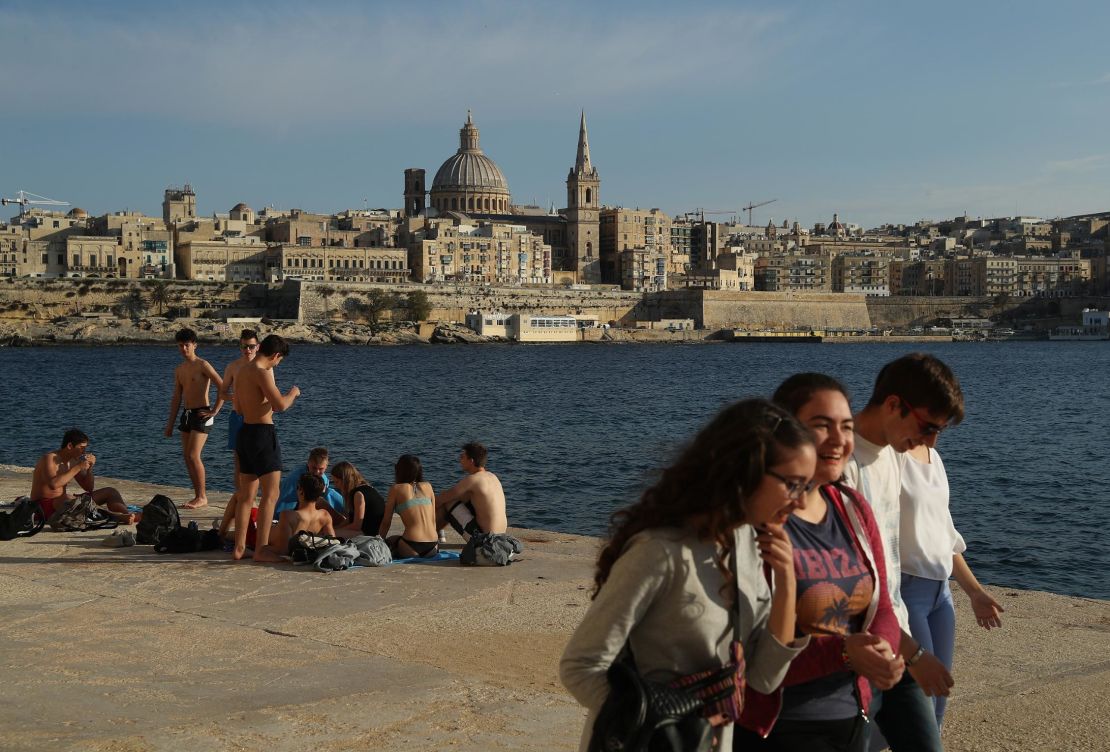
Valletta, the capital of Malta, has been named Europe’s Capital of Culture for 2018, and the timing couldn’t be better.
Located between Italy and Tunisia, Malta exists at a crossroads that makes for a fascinating history. Within a 20-minute bus ride, you’ll feel like you’ve journeyed from ancient Greece to the Middle East and back, and you’re as likely to find a bowl of Sardinian-style pasta as a doner kebab.
With the country being added to more cruise ship itineraries, you’ll want to hurry and get there before Valletta becomes as packed and overwhelmed as Venice and before St John’s Co-Cathedral (birthplace of the famous Knights of Malta cross) becomes yet another place you’re sick of seeing on Instagram.
Don’t miss: Although the “azure window” on the island of Gozo – made famous thanks to “Game of Thrones” – collapsed into the sea in 2017, this gorgeous stretch of beach and bright blue-green water is absolutely worth visiting, window or no window.
Lilit Marcus
Serbia
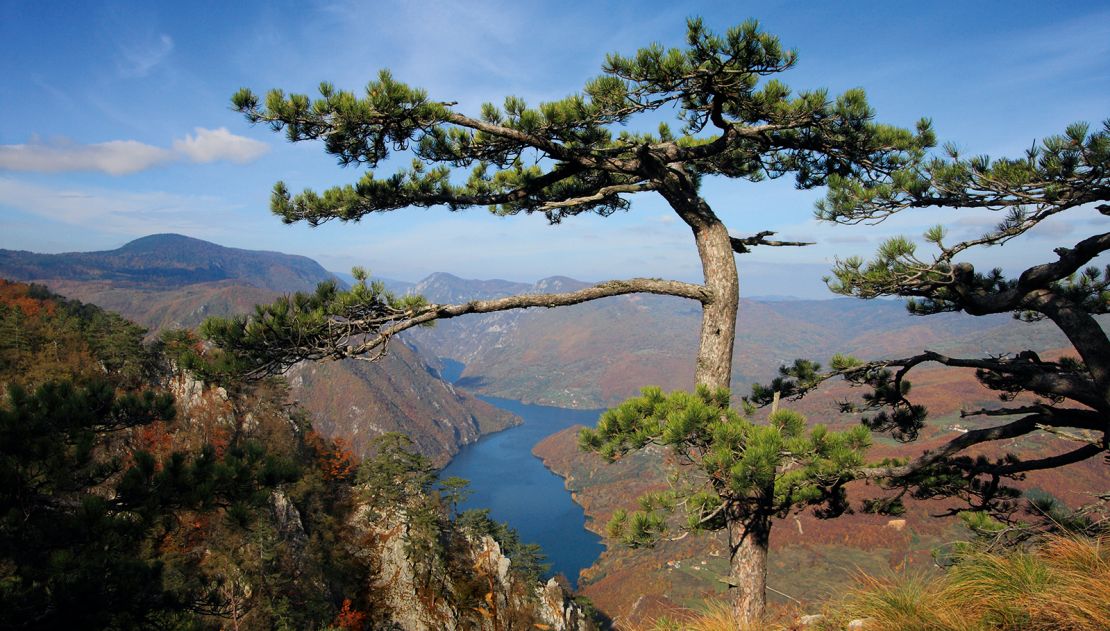
The jigsaw puzzle of countries that once made up Yugoslavia have, in recent years, become some of Europe’s most talked about destinations, particularly the Adriatic coastlines of Croatia and Montenegro. Serbia has somehow lagged behind.
Not for long though. Visitors are beginning to descend on this largely undiscovered corner of the region, lured by terrific scenery, rich history, incredible value for money and a lot of cheese.
Belgrade has already established itself as a city that can party and – in much the same way eastern Europe’s big cities did 10 or 15 years ago – is shedding urban Soviet gloom and rushing headlong towards a glitzier future.
By its borders with Bosnia and Kosovo, Serbia’s Kopaonik and Zlatibor national parks offer winter sports and summer escapes in epic mountain scenery. The Tara National Park has gorges overlooked by forested karst hills. In Serbia’s deep south, Đavolja Varoš or Devil’s Town offers a crazy geological spectacle of weird rocky pinnacles. While Serbia lacks its own coastline, the mighty Danube River still lures summertime swimmers to a castle-strewn “riviera.”
Don’t miss: One of the world’s most dizzyingly spectacular railway journeys, linking Belgrade to Bar in Montenegro, fully reopened in 2017. There’s no better way to arrive.
Barry Neild
Nevis

These days, anyone with a Spotify account can probably tell you that Alexander Hamilton was born in the Caribbean before coming to the colonies. But how many can tell you which island he was born on?
That would be quiet, lovely Nevis (that’s pronounced NEE-vis), which is not as well-known as its larger twin, St. Kitts.
Unlike many of its Caribbean neighbors, Nevis was spared damage from Hurricanes Maria and Irma in 2017, which means its elegant white beaches may now experience a deserved uptick in tourists. And even people who think they’ve seen-one-seen-‘em-all when it comes to Caribbean islands will look in awe at the quieter, simpler, more connected with nature way of life here.
Your best bet? Check out the Four Seasons’ island property, encircled by palm trees and endless sea vistas, to really feel like you’ve gotten away from it all.
Don’t miss: The well-cared-for Hamilton birthplace – see how long you can go before starting to hum “My Shot.”
Lilit Marcus
Banff, Canada
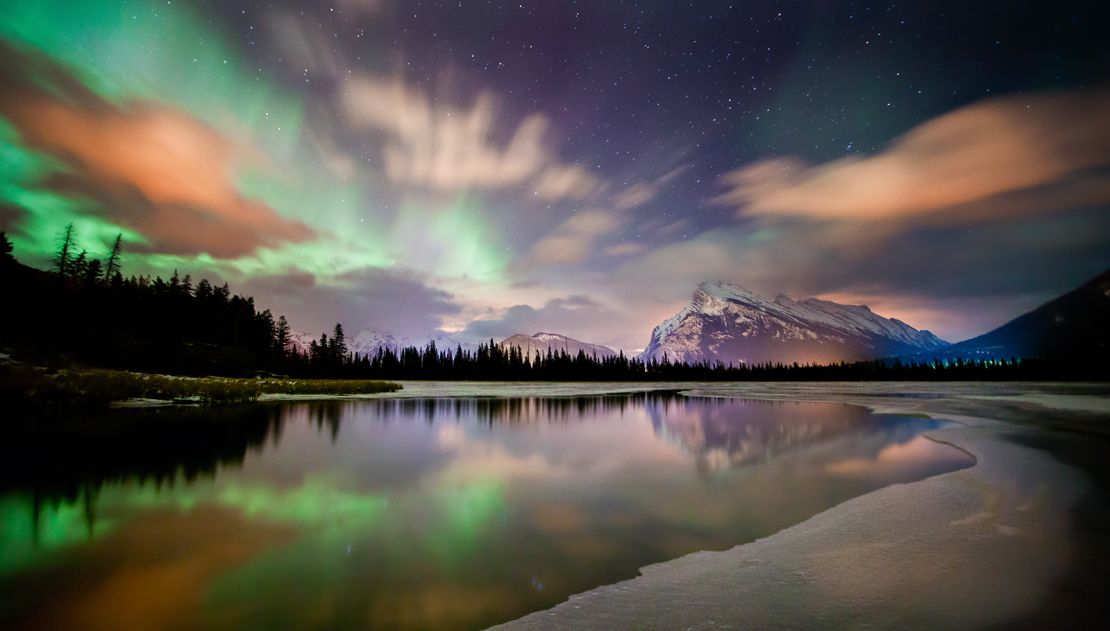
Few destinations have the year-round appeal of Banff, located in Alberta, in the Canadian Rockies. As the country emerges from its highly touted 150th anniversary, the timing is ideal to take in the natural beauty of the oldest national park in Canada.
Whether passions tend toward skiing and snow-shoeing or kayaking and mountain hiking, Banff is unrivaled for all lovers of the great outdoors. Though Banff National Park welcomes four million visitors each year, it never really feels over-crowded, save perhaps for the peak months of July and August.
The Fairmont Banff Springs is a national historic site, and resembles a medieval castle right out of a Disney film (“Frozen,” perhaps?). It’s an ideal and luxurious base from which to experience the best of Banff. And if you’re wondering how Banff got its unusual name, it is named for Banffshire, Scotland, the birthplace of two of the original directors of the Canadian Pacific Railway.
Don’t Miss: The Northern Lights are on display much of the year, but between February and April, the breathtaking Aurora Borealis colors are at their most vibrant. In the fall, the Banff Mountain Film and Book Festival centers on mountain explorations, with screenings (last year there were 75 films featured) as well as Q&As with the world’s most daring adventurer-authors.
Brekke Fletcher
Nagano, Japan

Nagano, a land of chilled soba noodles, steaming onsen hot springs and perfectly powdery snow, hosted the 1998 Winter Olympics, but is only now emerging as an international travel destination.
Spurred by the upcoming 2020 Tokyo Summer Olympics, a series of new and improved hotels have emerged in the mountains around the city, among them the revamped Risonare Yatsugatake, which celebrates winemaking and evokes Italian mountain villages.
Openings also include KAI Alps, a luxury inn-style Ryokan near the famed Omachi Hot Springs in northern Nagano and the Scandi design-inspired House of Finn Juhl ski hotel, hidden away in the mountains of Hakuba.
Yet another option is the new Karuizawa Marriott Hotel, which balances English-language services with Japanese aesthetics for a relaxing result – clean lines, neutral colors and in-room onsens.
If the impeccably groomed ski slopes of the Hakuba Valley aren’t enough of a draw, there’s the history, culture and relaxing hot springs of the all-natural Nagano area, or the beautifully preserved 17th-century Matsumoto Castle.
Don’t miss: Wildlife lovers will not want to miss a visit to the famous Jigokudani Wild Monkey Park, next to Yudanaka Shibu Onsen village, where red-faced macaques thaw out in hot springs under a blanket of snow.
Kate Springer
Puebla, Mexico
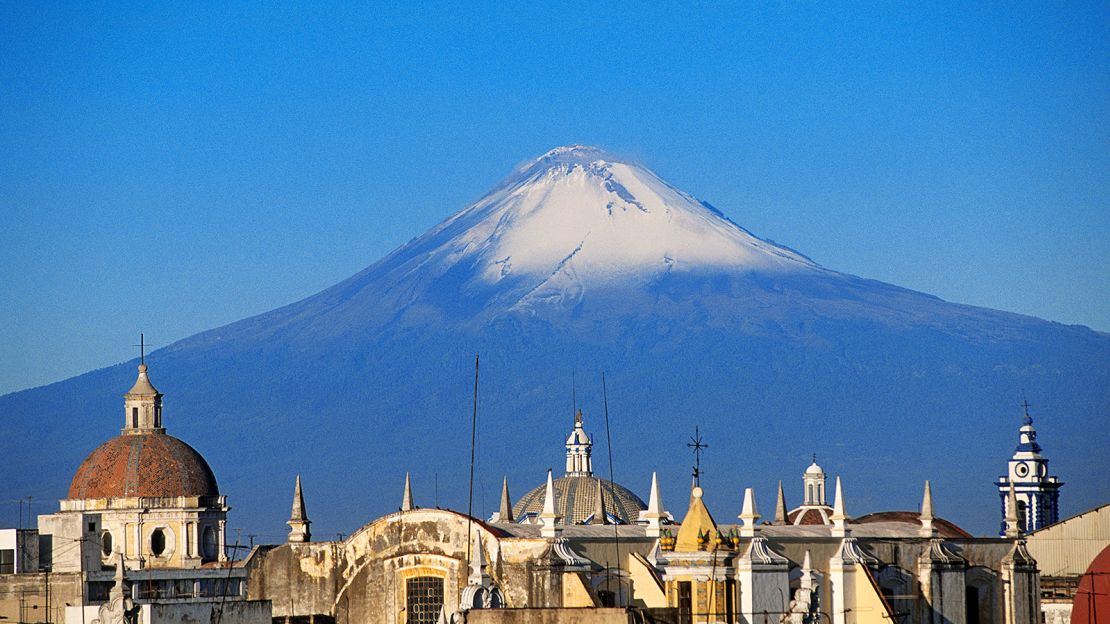
About 100 miles south of Mexico City is Puebla, the country’s fourth-biggest city.
Though locals have long known about poblano food culture (mole and the chalupa were both invented here) and dazzling architecture (ornate Baroque churches and the country’s oldest public library, for starters), a few key new hotel openings will bring international tourists to this charming, underrated city.
Following an earthquake in September 2017, the city is already on the road to recovery, although some of its historic churches are still under scrutiny.
The Rosewood Puebla, which opened in 2017, will soon be joined by the Hotel Cartesiano, an upscale boutique property in a former tile factory.
Don’t miss: The new International Museum of the Baroque pays homage to Puebla’s rich design history in a building that’s just as beautiful on the outside as on the inside.
Lilit Marcus
Essaouira, Morocco
Somewhere among the ancient towns and cities of Europe and northern Africa there’s probably still at least one beautiful old port that hasn’t been conscripted into backdropping for “Game of Thrones.”
Essaouira isn’t it, but unlike other prime locations, it’s largely escaped the fantasy series’ tourism Midas touch.
Even as visitor numbers steadily increase in Moroccan hotspots Marrakech, Agadir and Casablanca, atmospheric Essaouira, overlooking the windswept Atlantic coast, has retained a low profile despite harboring some of the country’s best boutique hotels (Villa Maroc, Riad Dar Adul) a generous sandy beach and a wonderful old medina alongside its 18th century fortifications.
Keeping the crowds at bay during sunbathing season – regardless of regular budget airline arrivals – are the powerful inshore gusts that give Essaouira its reputation as Africa’s Windy City.
Those same winds have also made this stretch of undeveloped coastline a haven for surfers and windsurfers arriving from both within and without Morocco, adding to the laid-back vibe.
Don’t miss: Essouaria’s fishing port is a cluttered soup of bright blue boats that deliver photo ops and delicious fresh fish that can be eaten in restaurants just yards from the waterfront.
Barry Neild
Perth, Australia
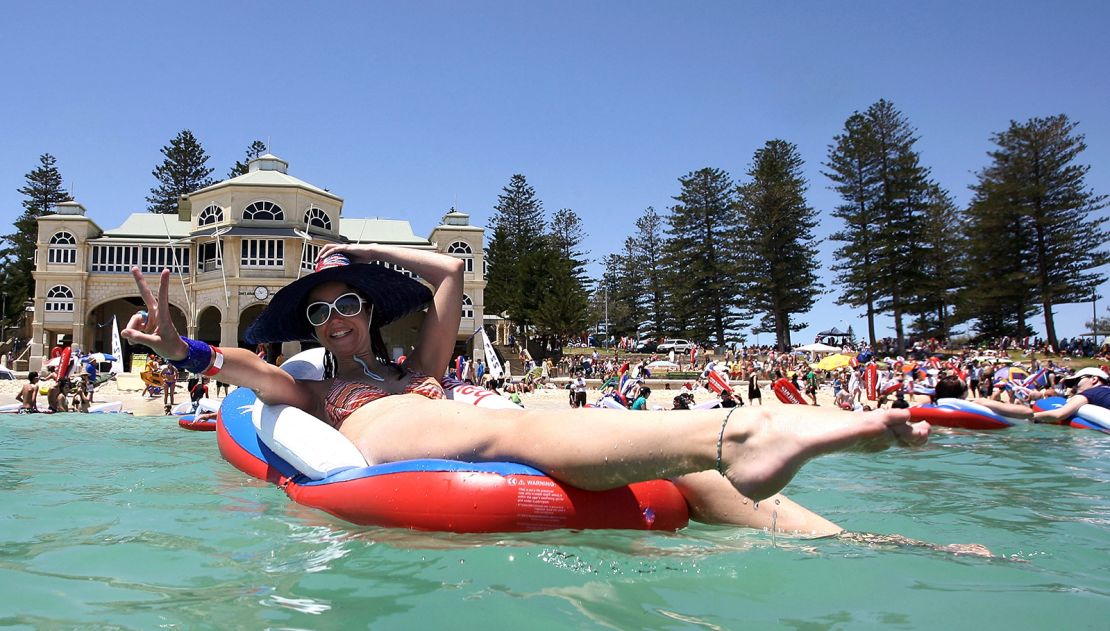
Oft overlooked in favor of Sydney and Melbourne, Perth seems to have finally hit its stride.
For starters, the coastal city is better connected than ever, gearing up to welcome the first direct flight linking Australia to Europe next year – a 17-hour Perth-London flight operated by Qantas.
New developments and hotels are popping up all over town. Among the fresh faces is the ultra-cool Aloft Perth. Opened this year, the youthful hotel is aimed at millennials, featuring keyless rooms, communal spaces, live music, rooftop yoga and a 24-7 pantry.
The modular-designed boutique Tribe Perth also landed this year near the city’s famous Kings Park.
The city’s building on its lively night market and dense restaurant scene – now offering more eateries per capita than both Sydney and Melbourne.
But that’s just what’s happening downtown. From pristine beaches to oceanfront cycling and whale-spotting, Perth also offers timeless natural adventures.
About a 30-minute drive northeast, Swan Valley proves a worthy side trip. This wine region is the oldest and most respected in Australia, promising more than 40 wineries and excellent restaurants and breweries.
Don’t miss: The artsy port town of Fremantle is where Australia’s Little Creatures Brewing got its start. The brand’s home base has evolved into a little village, sporting the brew house, a lounge, restaurants, an outdoor deck and more.
Kate Springer
Rwanda
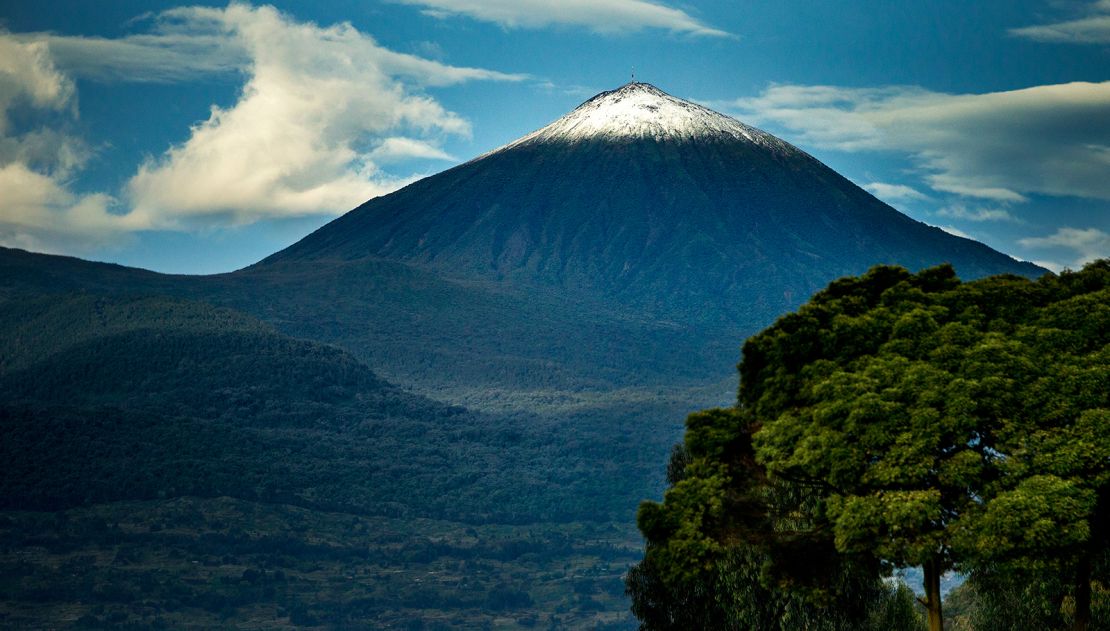
The small, central African country has been surfing a tide of good news stories in recent years as it distances itself from a troubled past with glowing accounts of its amazing volcanic landscape, clean streets, stable government and efforts to preserve endangered mountain gorillas.
May 2017 saw Rwanda gamble on doubling the price of gorilla trekking permits to $1,500, making it up to three times the price of some permits in neighboring Uganda. The plan is clearly to corner a more upscale market, catered for with the opening of new premium lodges, including One&Only’s Nyungwe House, and help supercharge the country’s tourism economy.
As Africa escapes go, it does look attractive if you can afford it. Verdant national parks such as Akagera, Volcanoes and Nyungwe Forest are home to safari favorites including lions, hippos, crocs and rare primates.
In 2017, Akagera completed its Big Five list with the triumphant reintroduction of eastern black rhinos after they vanished 10 years ago.
Throw in pleasant year-round temperatures of about 27 Celsius and direct flights from London and Rwanda could become one of the most tempting luxury year-round escapes on offer.
Don’t miss: Suspended a knee-wobbling 50-meters above the floor of the Nyungwe Forest, the Canopy Walk takes visitors across a narrow 200-meter bridge through treetops teeming with life.
Barry Neild
Crete
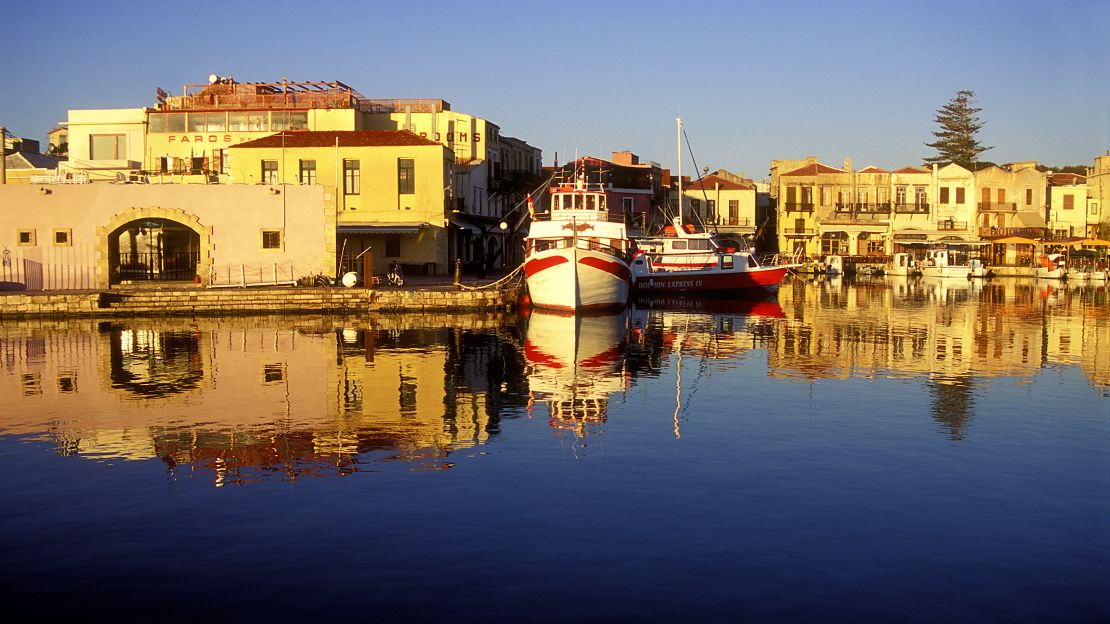
How do you like your Greek gods? Fantastical heroes of ancient legend, or sun-kissed beauties atop powder-soft beaches? Either way, Crete has you covered.
Heraklion, the Cretan capital, was Europe’s fastest-growing tourism destination of 2017. Those visitors are coming to Greece’s largest, most diverse island to enjoy 3,000 square miles of mountains, valleys and sandy shores lapped by the Aegean and Libyan seas – as well as 3,000 hours of sunshine a year.
For history buffs, there are the archaeological treasures left by the Minoans, Europe’s oldest civilization, who flourished here in 2,600 BCE. Heraklion’s Archaeological Museum is a useful primer before visiting the sprawling Palace of Knossos, once home to 100,000 people and the mythical half-man half-bull Minotaur.
Western Crete has the Venetian splendor of Chania and Rethymno, while the skyline is dominated by the limestone peaks of the Lefka Ori, or White Mountains. The mountains are slashed with around 30 gorges, the most famous of which is the 16-kilometer-long Samaria Gorge.
Crete enjoys balmy temperatures April through October and is ringed with a host of impressive beaches. Diving trips in the clear, warm waters allow guests to view underwater canyons, World War II wrecks and a rich variety of marine life. The most celebrated beach is Elafonisi on the southwest coast, renowned for its delicately hued pink coral sand.
Don’t miss: Heraklion restaurant Peskesi serves prehistoric recipes from Minoan times. Pork roasted with honey and thyme never gets old.
Maureen O’Hare
PyeongChang, South Korea
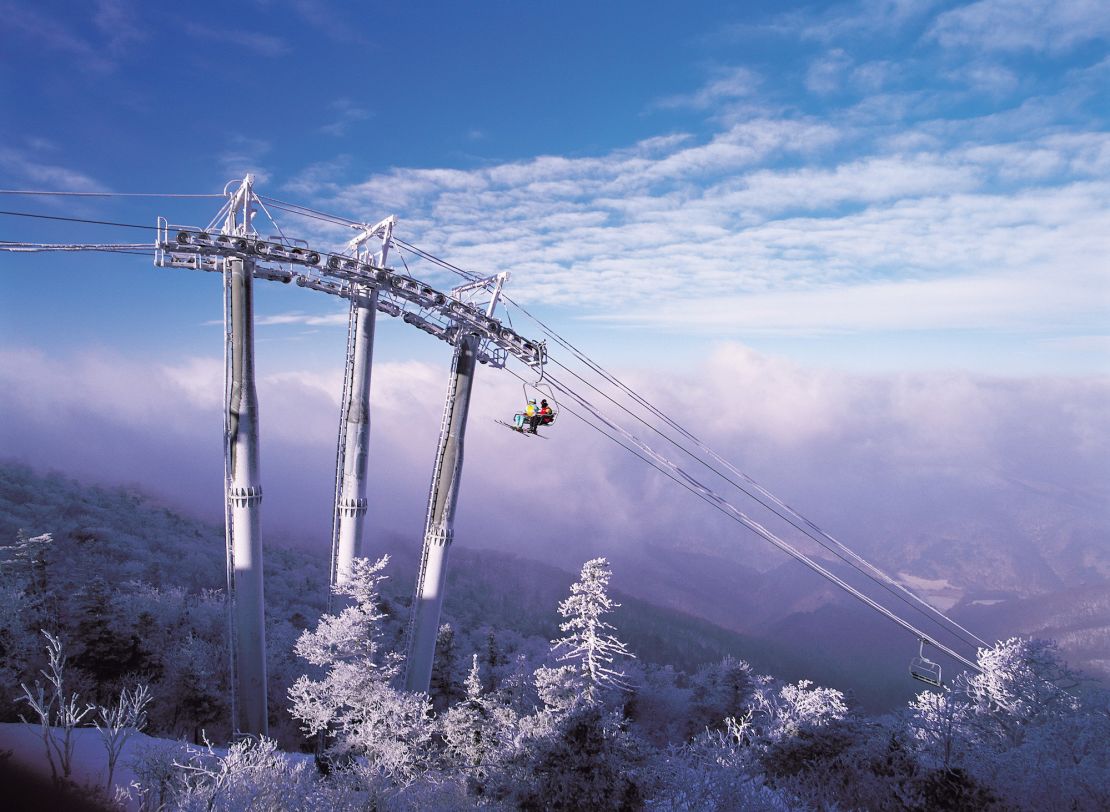
Those in the know might be lamenting the loss of one of Asia’s best-kept ski secrets, but the snowy spotlight is about to hit PyeongChang, a little-known mountain region in South Korea’s east.
Not to be confused with North Korean capital Pyongyang, PyeongChang is hosting the 2018 Winter Olympic Games, which will take place from February 9-25.
Even if you can’t make it to any of the sporting events, you should still add it to your winter vacay shortlist.
Though lacking the dramatic peaks you’d find in Japan’s north, PyeongChang’s ski and snowboard scene offers a uniquely Korean experience, its modern, mid-sized resorts famed for decent powder and speedy lifts. Add in night skiing until 2:30 a.m., world-class beef, non-stop soju and yes, plenty of K-Pop, and you have the makings of an incredible snow holiday.
Hosting the Olympics of course prompts a need for improved infrastructure, meaning travel to/from/around PyeongChang is now easier than ever. Among the more notable enhancements is a new high-speed train line, which began operations in late December and can whiz visitors from Seoul to PyeongChang in just over an hour.
Alongside the usual influx of restaurants, hotels and improved roads, officials have also been working to ensure foreign visitors won’t get tangled in the language barrier by developing high-tech translation apps and plenty of travel guides highlighting the area’s attractions.
Don’t miss: Post slopes, a jjimjilbang session is essential. Basically, it’s a bathhouse/sauna/spa where you can soak and steam your sore muscles, ensuring you’re back in shape to hit the powder the following day. You won’t have trouble finding one, either. Almost all of PyeongChang’s resorts have their own jjimjilbang facilities.
Karla Cripps
Lisbon, Portugal
It’s no secret that the capital of Portugal offers Mediterranean skies, Atlantic surf and hilly, cobbled streets with panoramic views of red roofs and houses in shades of yellow, pink and blue.
But in 2018 this famously relaxed and convivial city has more to celebrate than usual. From May 8 to 12, it’ll host the Eurovision Song Contest for the first time, having at last won the honor after 53 years of trying. The long-running festival of kitschy fabulousness and bonkers spectacle is a Euro institution and will be watched on TV by some 200 million viewers worldwide, while thousands of diehard fans will flock to the host city for one heck of a party.
It’s not just Europeans heading to Lisbon in 2018. A new daily Delta Airlines daily flight from Atlanta starting May 24 will bring US visitors. And then there’s the Portuguese capital’s rise as a European tech hub, helped by cheaper rents than London, better beaches than Berlin, and a thriving cultural scene.
Oh, and did we mention the food? Portugal now has 28 Michelin stars, of which six are in Lisbon. In a city renowned for its seafood, one of the most talked-about new restaurants is Chef Diogo Noronha’s new fish restaurant Pesca.
The city’s pastéis de nata, or custard tarts, never stop being a draw. The most celebrated, and with the longest lines, is Pasteis de Belem on the Belem seafront, but great versions can be found all around the city.
Don’t miss: The resort town of Sintra, high in the Sintra mountains, is a short day trip away. It’s a pastel-colored wonderland of hilltop fairytale palaces and European Romantic architecture.
Maureen O’Hare
Cajamarca, Peru
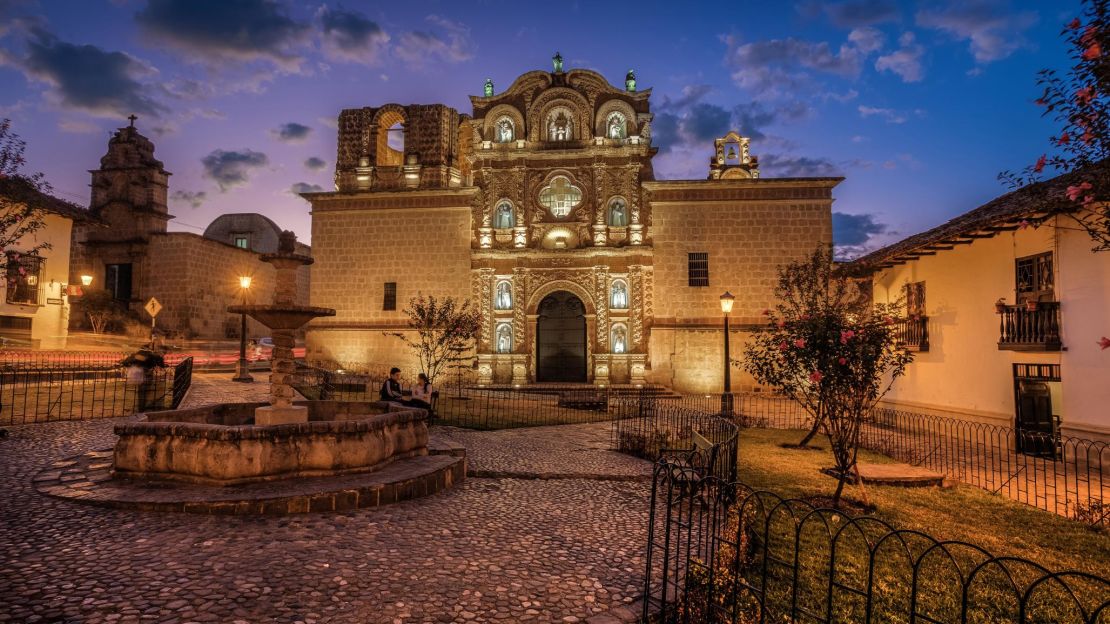
A favorite Inca stopover along the old Cusco-to-Quito Royal Highway – complete with natural hot springs and fatefully large quantities of gold deposits in its surrounding hills – Cajamarca still hasn’t quite hit its full stride with international tourism the way it has over the centuries with indigenous emperors, Spanish conquistadors, environmentally challenged mining corporations and the odd Chachapoyas-bound trekker.
That’s good news for travelers who find their way to this lofty (over 9,000 feet), resolutely villagey Northern Highlands charmer with its colonial edifices, cobblestone streets, time-warped central plaza, sigh-worthy Andean backdrop and – who would’ve thought – one of the wilder annual parties in South America.
Cajamarca hosts Peru’s most happening annual Carnaval (February 10-14) – featuring several days of parades, live music, cultural events, chicha de jora (corn beer) quaffing and rambunctious water balloon fighting.
During quieter, equally captivating times in Cajamarca, checking into a restored colonial mansion-turned-posada overlooking the town’s central Plaza de Armasn – the site of a pivotal 16th-century Spain vs. Inca clash – treats visitors to an Old World Peruvian scene like no other.
Spectacular baroque churches. Inca ruler Atahualpa’s infamous ransom chamber El Cuarto del Rescate. Peru’s richest ice cream – you’re in the country’s dairy capital. That’s all here too.
Don’t miss: Hiking (or taxi riding) to the crest of Cerro Santa Apolonia – Cajamarca’s stone-stair-lined hilltop shrine towering over the city – leads to a favorite Inca and Spaniard perch along with the best bird’s eye view of Plaza de Armas and the city’s great cathedrals.
Jordan Rane
Yunnan, China
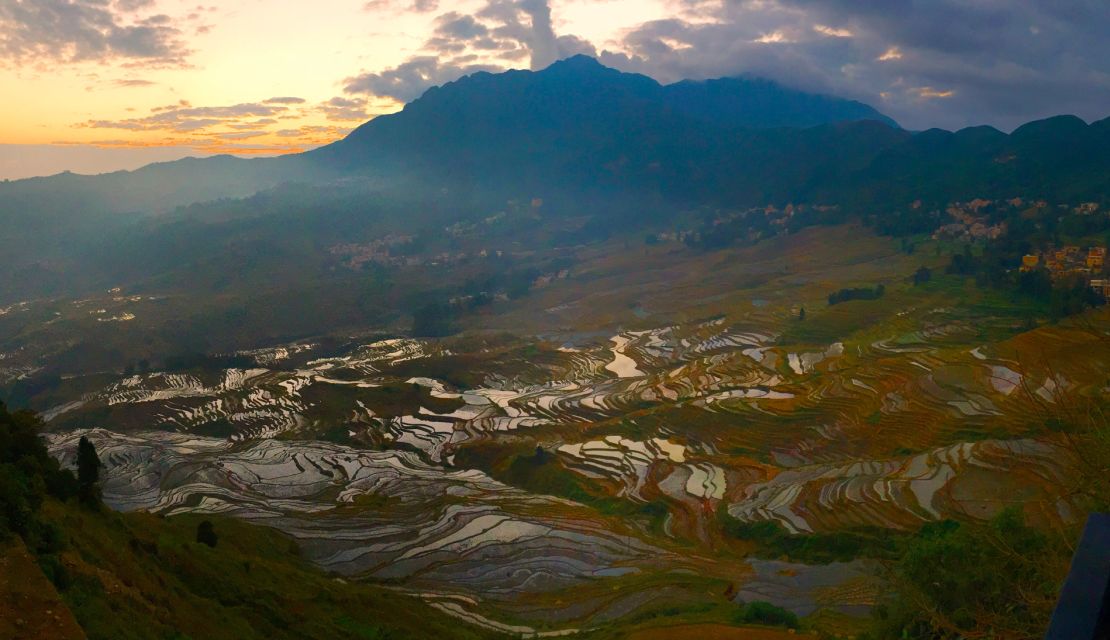
Anyone who’s visited China’s southwestern Yunnan province before won’t need much persuading to go again. Down by the country’s border with Vietnam, Laos, Myanmar and the region of Tibet, Yunnan delivers everything from snowy mountains to sub-tropical rainforest.
There’s the cascading rice terraces of Honghe Hani, the ethereally colored waters of Blue Moon Valley and some of the world’s deepest gorges – little wonder it’s said to have inspired mythical “Shangri La.”
The province is also China’s most ethnically diverse. It’s home to 25 of the country’s 56 recognized ethnic groups – each with a distinctive cuisine and culture.
If that’s not enough to keep returning, or visit for the first time, 2018 offers a few extras, not least the energetic prospect of 100 new marathons.
Fairyland 100 Marathons, founded by Chinese adventurer Feibao Jin, is a campaign to promote the province’s sports tourism via 100 long-distance running races staged over 100 days at 100 scenic locations around Yunnan.
Don’t miss: Named a UNESCO World Heritage natural site in 2003, Tiger Leaping Gorge is one of the world’s deepest canyons. Whitewaters of the mighty Yangtze River roar beneath cliffs that tower up to 3,790 meters high.
Maggie Hiufu Wong
Asheville, North Carolina
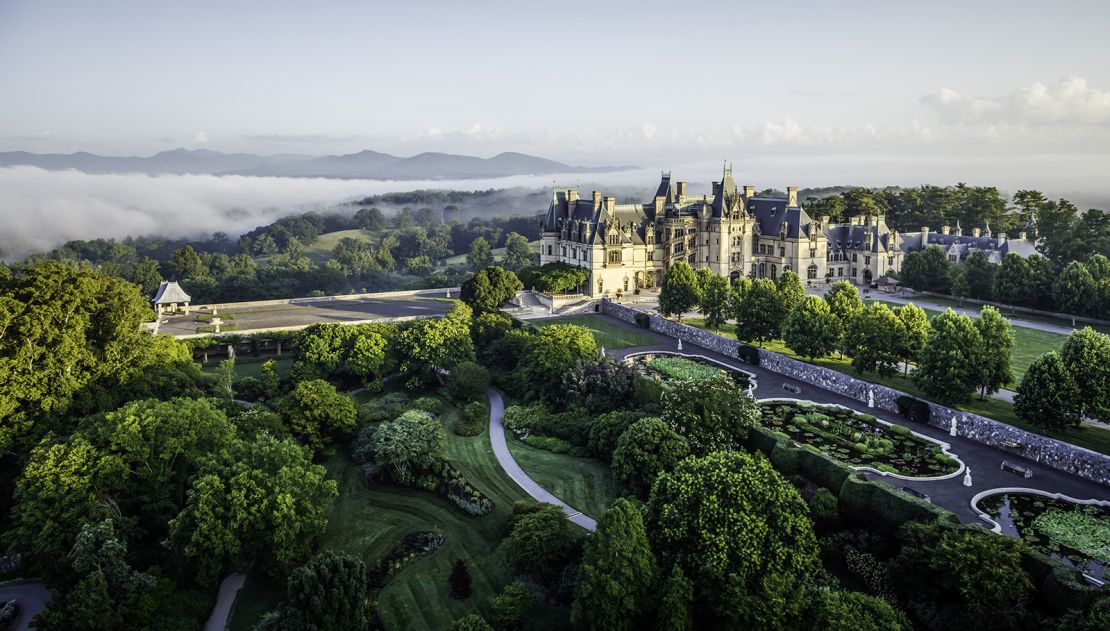
It was put on the map by a Vanderbilt, but this Western North Carolina mountain town now has world-famous art, a hopping farm-to-table scene and an expanding brewery culture to mark it out.
And 2018 sees this visual and actual feast backdropped by some world-class sports.
The monumental glass sculptures of Dale Chihuly will take over the Biltmore Estate from mid-May through October 7, including works being created for the 8,000-acre estate still owned by the descendants of George W. Vanderbilt.
The brewery scene that raised Asheville’s profile is still thriving. Urban Orchard Cider Co., Colorado-based New Belgium Brewing’s East Coast location, and Archetype Brewing have all established themselves in the city’s West Asheville neighborhood, sparking a food renaissance.
The past year saw Foothills Butcher Bar pick the area for its second location and Gan Shan West, which focuses on East Asian cuisine, open. San Diego’s White Labs, a supplier of yeast for breweries, chose Asheville for its East Coast location, opening its White Labs Kitchen & Tap in October.
The city will also host a Haute Route stage race in May, the first of three US locations hosting the multi-day European cycling event. And in September, the nearby Tryon International Equestrian Center will host the World Equestrian Games pegged to the middle of the Olympic cycle.
Nearby Chimney Rock has reopened its 1.1-mile Skyline Trail leading to the top of 404-foot-high Hickory Nut Falls, with views of where the last confrontation in 1992’s “Last of the Mohicans” was filmed.
Don’t miss: For a piece of Old School Asheville, head to the city’s Pinball Museum, where for $15 guests can play 75 pinball games and old school video games. Those who want their biscuits hot and their food southern can head to the Moose Café near the farmer’s market.
Katia Hetter
New Orleans
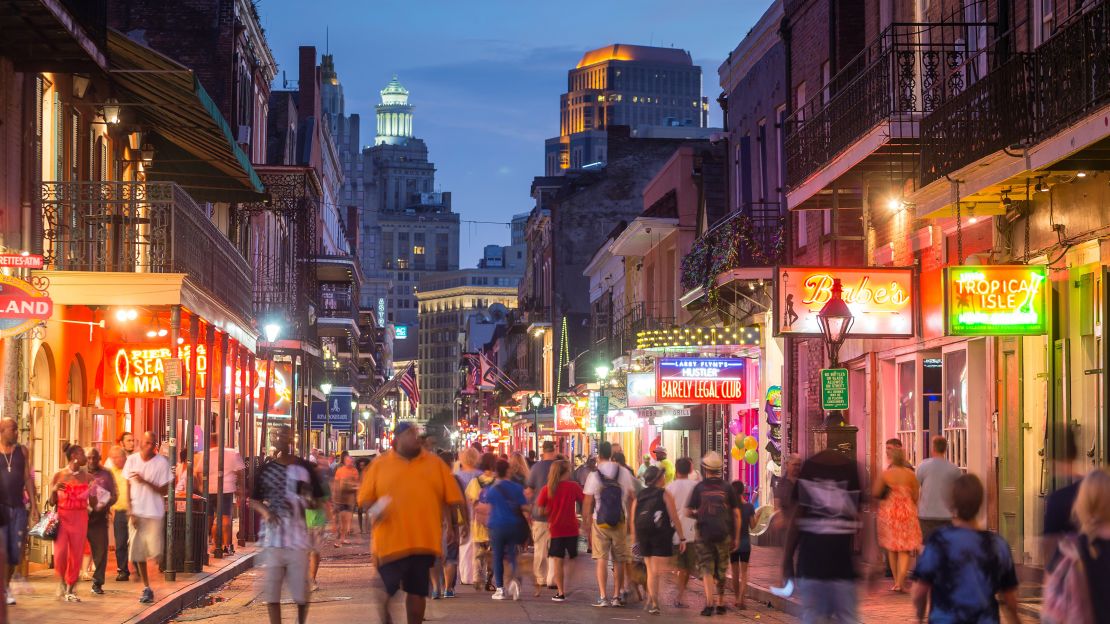
New Orleans has serious roots.
Deeper than the Mississippi. Older than Antoine’s, Café du Monde and Lafitte’s Blacksmith Shop. Longer than a Drew Brees pass.
Broader and more crazily spun than a cypress swamp draped in Spanish moss. Stronger than the stiffest Hurricane, or Sazerac.
And bigger than the sum of its nearly 300 odds-defying years.
In 2018, The Big Easy will celebrate its tricentennial in top festive form – and beg two obvious questions:
1. How has a fabled French-then-Spanish-then-French-then-Louisiana-Purchased gulf-adjacent outpost remained this positively buoyant after all it’s weathered over the last three centuries, beginning with the hurricane that decimated it four years after it was founded in 1718.
2. Where’s the next big party happening?
In a food-, music- and general exuberance-obsessed city with more than 130 annual festivals at last count, New Orleans has your good times appetite satiated with biggies like this year’s Tricentennial-supercharged Mardi Gras (February 13), Jazz Fest (April 27-May 6) and the French Quarter Festival (April 12-15) as well as niche favorites like the Oak Street Po-Boy Festival, Bastille Day Fête and Dirty Linen Night – a Royal Street art (and dirty martini) hop in the French Quarter.
Spring birthday-season events include a community-wide celebration at Armstrong Park, tricentennial riverfront fireworks (May 6), Tricentennial NOLA Navy Week (April 19-25) and Prospect.4 (currently running until February 25) – the fourth iteration of Prospect New Orleans’ celebrated international art exhibition.
On deck for year 301: a rebuilt airport and redeveloped riverfront area. All warm beignets and chicory coffee aside, it’s going to be a good century.
Don’t miss: Bread Pudding Soufflé. There would be picketing if they took the signature dessert at Commander’s Palace off the otherwise revolving menu. Concocted nearly 40 years ago by late, legendary toque Paul Prudhomme himself, the rich, French-meringued spin-off of a Creole classic is served with a warm whiskey cream drizzled tableside.
Jordan Rane



















